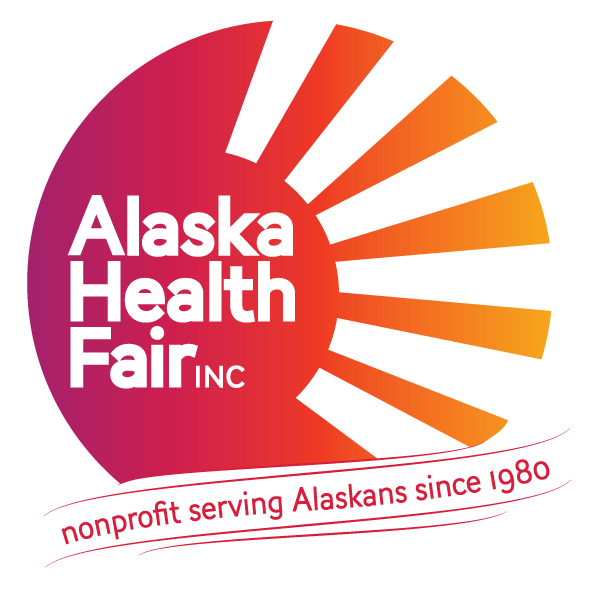Riding all-terrain vehicles (ATVs) helps many families make the most of Alaska — adventuring outdoors, staying active, even getting place to place. Families in Alaska use ATVs regularly and many depend on them to get around their communities.
One of the best ways to protect your brain is wearing appropriate helmets for your sport of choice, including ATV riding. Families want their kids to enjoy riding ATVs, but like many great Alaska adventures, riding requires taking a few safety steps. Riding ATVs comes with increased chances of bumps, blows, jolts, or piercing injuries to the head, which can cause a traumatic brain injury. Luckily, these types of injuries can be prevented.
“We only get one brain,” said Dr. Anne Zink, Alaska’s Chief Medical Officer. “Strapping a helmet on is the best way to defend it, even for those quick trips.”

Wear helmets on ATVs
Dr. Zink knows Alaska kids are active — climbing, jumping, and riding ATVs and snow machines.
“But their developing brains are vulnerable, and you never know when you might fall or hit a rock,” Dr. Zink said. “It’s important to wear a helmet every single time to protect our head, even for quick trips to a friend’s house or store.”
In 2019, the Alaska Native Medical Center reported an increase in head injuries — and many involved people not wearing helmets on ATVs.
ATV and snowmachine crashes are among the leading causes of traumatic brain injuries in Alaska, along with falls, other motor vehicle crashes, and assault. The American Academy of Pediatrics shared that ATVs seriously injured 26,700 children younger than 16 in 2015. That’s about 73 children getting injured each day. Many young people experiencing head and neck injuries from ATV accidents are 12 and younger, according to a study of National Electronic Injury Surveillance System data from 1990-2014.
“There is no good way to fix your brain once you’ve hurt it,” Dr. Zink said. “It comes down to how well your brain is protected. Safety gear like helmets make an astonishing difference when you get into an accident.”
Take other steps to prevent traumatic brain injuries while riding ATVs
Gear Up
A well-fitting helmet is your most important piece of protective equipment for defending your brain. Your helmet should be snug, but still comfortable. It should feel a little tight as you put it on. If your helmet is too loose, it will not be able to protect your head properly. Look for a Department of Transportation (DOT) label to ensure helmet quality.

Helmets experience wear-and-tear over time and can get damaged after crashes, so they should be replaced every five years or after one impact. You can read more about ATV helmet safety on page 5 of the ATV Safety Institute’s ATV Tips Guide.
Wear other protective gear while riding, too. Goggles, long sleeves, long pants, boots, and gloves help protect your eyes and skin.

One size does not fit all
“Another way to help keep children safer is by putting kids on the right-sized equipment to reduce the speed at which they’re traveling,” Dr. Zink said.
Riding ATVs that are appropriate for different ages and sizes of kids can help prevent injuries. Follow the manufacturer’s minimum age warning label on the ATV for kids younger than 16. Below are the five different sizes recommended by age.

Follow the recommendations for riders
Following rider recommendations can also reduce injuries related to ATVs. Many ATVs are not designed to safely carry passengers. On a single-rider ATV, the driver should be the only passenger. On an ATV designed for two people, there shouldn’t be more than one passenger on board.
Find out more about ATV safety
For more information of ways to prevent traumatic brain injuries from ATV riding and more, visit the State of Alaska Injury Prevention traumatic brain injury website.
Following local laws and ATV Safety Institute riding rules can go a long way toward protecting kids who are riding ATVs.
- Make sure children under the age of 16 always have supervision and support while riding.
- Talk with your family about never riding under the influence of drugs and alcohol.

The ATV Safety Institute provides many free resources for parents and children riding ATVs. You can explore some of their resources below:
- 8 Golden rules of ATV Safety
- ATV Tips Guide
- Three self-paced, online ATV safety courses for the following groups:
- Adults and teens
- Younger riders
- Coaching young riders
The DOT helmet Image was provided from United States Department of Transportation’s Check Safety Ratings. The ATV age and size image was provided in the ATV Safety Institute’s Tips & Practice Guide for the All-Terrain Vehicle Rider, page iii.
This article brought to you by our partners at Alaska Department of Health and Social Services Play Every Day Campaign.

